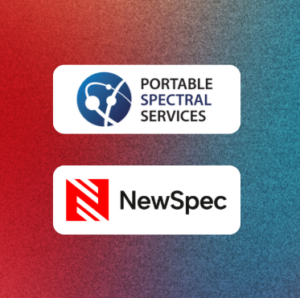
A Bright Future Ahead
Portable Spectral Services Announces Exciting Management Transition
At the beginning of 2021, Bruker released an exciting announcement that the Bruker S1 TITAN portable XRF models were receiving an upgrade. Following in the steps of the TRACER 5g, these improved S1 TITAN models will be receiving the new and improved graphene window. Most notably, this graphene window will replace the use of an 8 µm beryllium window which is the current standard window sold with these instruments.
Table 1. Bruker S1 TITAN 800 limit of detection (ppm) on pure SiO2 with a beryllium and graphene window.
Figure 1. Transmission of Be and Graphene Window (Taken from Bruker, 2020)
The switch to a graphene window is unsurprising in these improved S1 TITAN models. This is because the graphene window greatly improves detection of lighter elements due to the increased transmission of lower energy photons (Figure 1). Similar to it’s predecessor, the new graphene windows will be paired with Silicon Drift Detector (SDD) technology. Subsequently, together these work in tandem to detect the widest range of elements. Additionally, with the graphene window the limit of detection for the lighter elements, such as magnesium and aluminium, is significantly lowered. Consequently this enables better quantification of these lighter elements (Table 1).

For more information on the latest Bruker handheld XRF analysers, please visit our website at https://www.portaspecs.com/handheld-xrf-analysers/
If you would like to contact our office, please email us at [email protected] or call on 08 9321 2830.

References

Portable Spectral Services Announces Exciting Management Transition
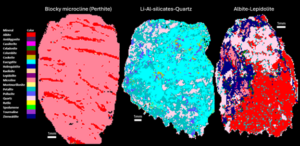
Our tool introduces uXRF (micro-X-ray fluorescence) scanning technology to RC chip analysis, enabling rapid, non-destructive, and quantitative analysis of major, minor, and trace mineral phases.
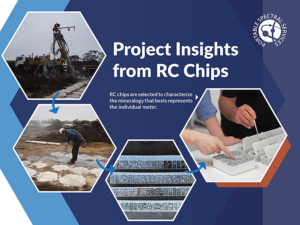
Automated micro-X-ray fluorescence (micro XRF) technology emerges as a powerful tool to rapidly and accurately capture the mineralogy of rock chip, RC and AC samples.

Findings of an ongoing regional evaluation study over concealed Proterozoic lithologies known to host magmatic nickel sulphides with potential to host other base-metal, gold and rare earth elements (“REE”) systems within the Fraser Range, Western Australia.
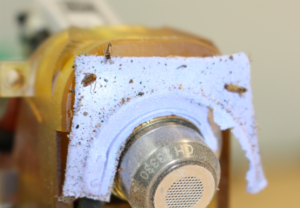
Findings of an ongoing regional evaluation study over concealed Proterozoic lithologies known to host magmatic nickel sulphides with potential to host other base-metal, gold and rare earth elements (“REE”) systems within the Fraser Range, Western Australia.
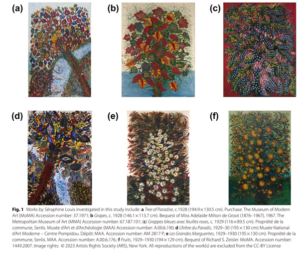
Findings of an ongoing regional evaluation study over concealed Proterozoic lithologies known to host magmatic nickel sulphides with potential to host other base-metal, gold and rare earth elements (“REE”) systems within the Fraser Range, Western Australia.
